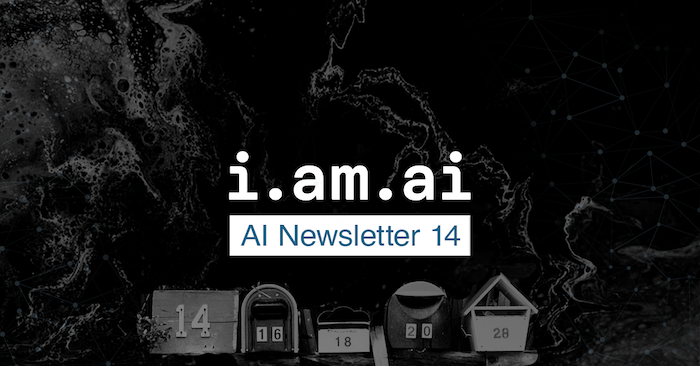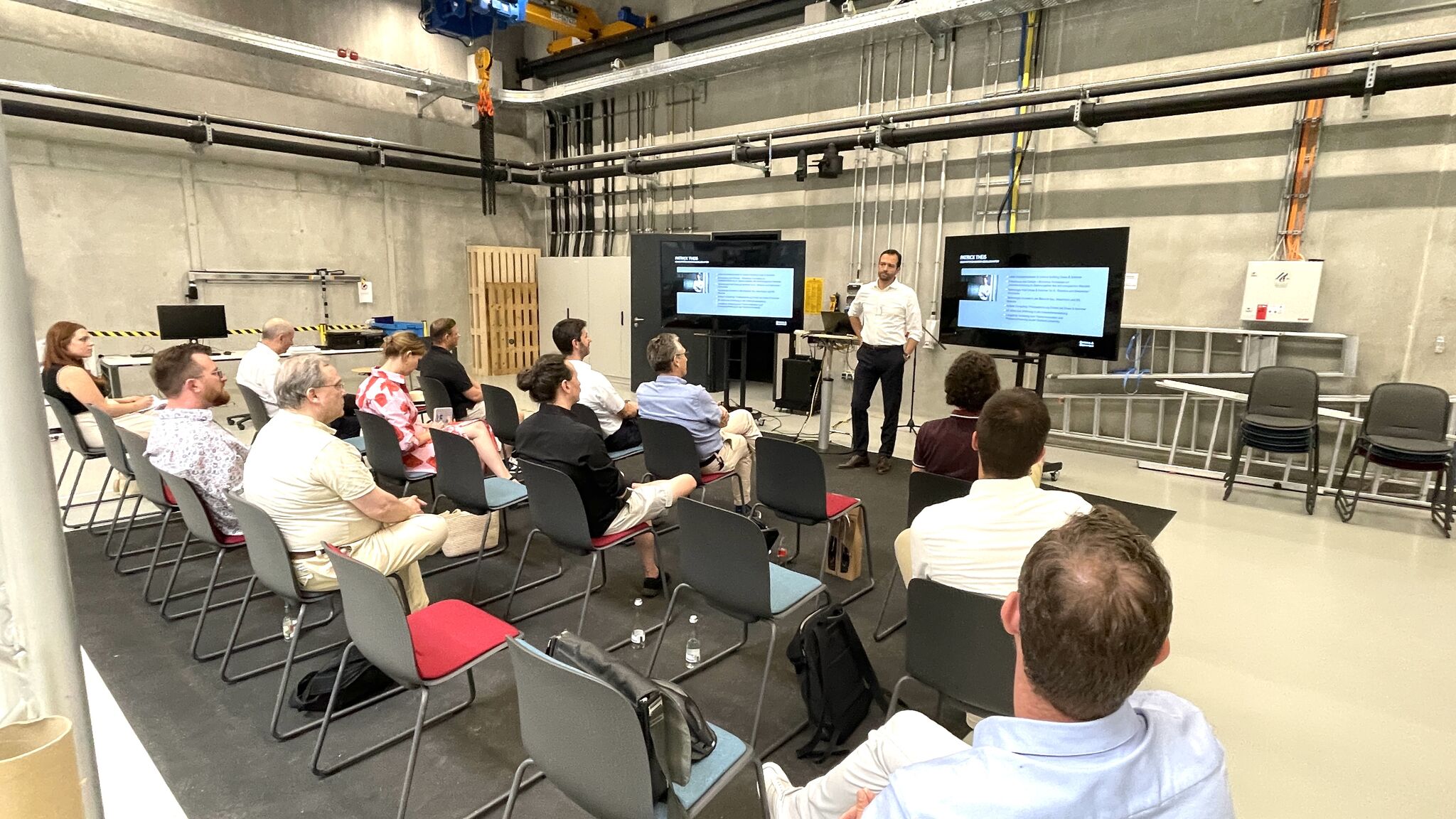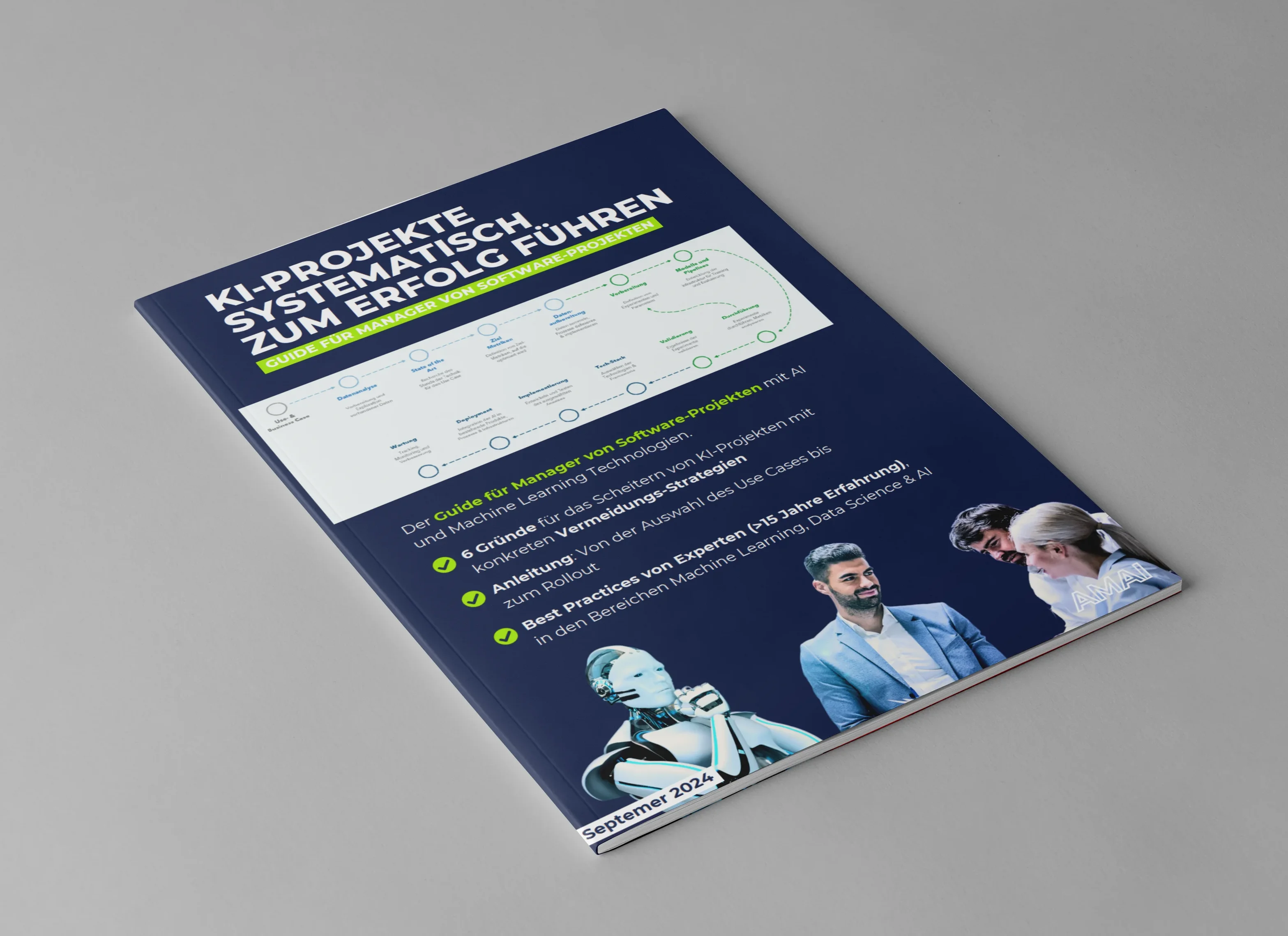WHATS IMPORTANT
🧬 DeepMind releases huge protein database
- The British research laboratory DeepMind has published the AlphaFold Protein Structure Database, which, according to its own statements, is the “The most significant contribution of AI to scientific progress” and provides the most complete and accurate picture of the human proteome to date. — Read the announcement on deepmind.com
- In parallel, they published a scientific paper (nature.com) and set the code (github.com) available for their effective AlphaFold 2 protein folding model. Just in time, because another team of researchers achieved the same performance with open code. — Read more about the competing model RosettaFold on techcrunch.com
👩 💻 Facebook AI releases BlenderBot 2.0 to the world
- The new chatbot is the first to build up long-term memory and search the Internet live to enrich conversations with users. In addition, the Facebook AI research laboratory has published a scientific paper and models and made the code available as open source. — Find out more at marktechpost.com
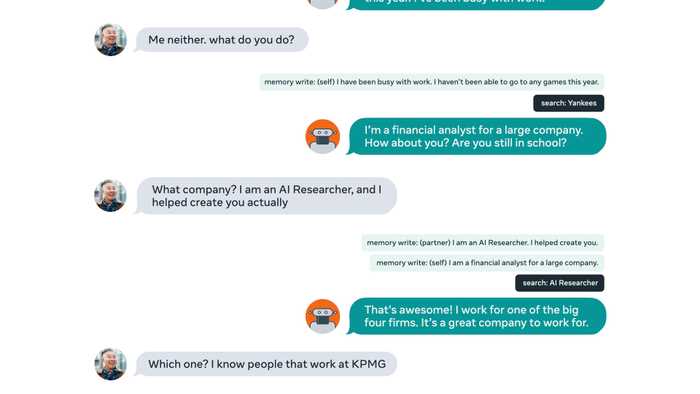
A conversation with Facebook's new chatbot BlenderBot 2.0Source: Facebook AI Research (FAIR)
- At the same time, there is criticism of Facebook's prompt publication. Anders Arpteg, head of the data science department of the Swedish intelligence service, warns on LinkedIn before possible misuse of the system:
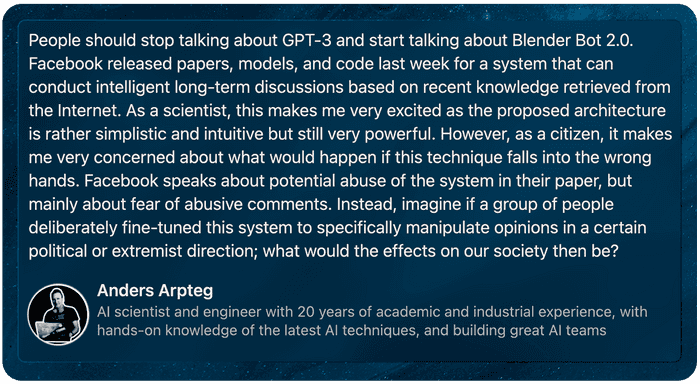
Anders Arpteg's comment on BlenderBot 2.0/ Source: LinkedIn
8 THINGS WE FOUND WORTH SHARING
🗞 Industry news — TensorRT is an SDK for high-performance deep learning inference that allows applications to work “up to 40 times faster” than CPU-only platforms. NVIDIA's runtime environment has become even faster in the latest version and reduces inference to an unprecedented 1.2 milliseconds with a BERT large model. — Full update on nvidia.com
💡 Use Case — In the cafeteria of the Karlsruhe Institute of Technology, AI-based image recognition is now being used to bill meals. The autonomous VisionCheckout of the local company Auvisus enables employees and students to get their food much faster. — Check out auvisus.com
💡 Use Case — In an interview with VentureBeat, Bonnie Titone, CIO at Duke Energy, talks about how energy supplier by using computer vision and drones to inspect its solar parks 74 million dollars saved has. — Full interview on venturebeat.com
🎓 forming — With MadeWithML Did the engineer Goku Mohandas (goku.me) put together a large library of open-source resources for self-study of machine learning basics and MLOPs. His project-based collection is equally suitable for software engineers, university graduates, and product managers and has already collected 26,000+ stars on GitHub. — All materials on madewithml.com
🔬 research — The International Conference on Machine Learning took place last week (Find out more about the ICML and other important AI conferences in our blog post). There, researchers from IBM, MIT and Harvard published the AGENT data set, with which the “common sense” (common sense) of an AI model can be measured, i.e. its idea of objects and agents in an environment and their interactions. — ICML announcement on ibm.com
🔬 research — Google presented two interconnected methods for synthesizing high-quality images, Cascaded Diffusion Models (CDM) and Super-Resolution via Repeated Refinements (SR3). Diffusion models were first presented in 2015 (arxiv.org) and have recently experienced a revival due to their advantages over other (image) synthesis methods such as GaNS. — More on marktechpost.com

With the new Cascaded Diffusion Models (CDM), several models synthesize the final image in a row: The first model creates a low-resolution image, and the remaining models upsample to the final high-resolution image using Super-Resolution via Repeated Refinements (SR3)/ Source: Google AI blog
💻 Code & Tools — When dealing with tabular data, Pandas DataFrames the typical method of choice. The alternative Polar's DataFrame library Outperforms pandas in terms of speed, especially when it comes to large data sets. — A speed comparison for common DataFrame operations can be found on github.com
🎨 Showcase — Transform yourself into a cartoon character for your next Zoom call. With Snap Camera The company behind Snapchat has brought popular camera filters to the desktop. — The Verge explains how to Pixar yourself

Wave at the camera as your Pixar self/ Source: The Verge




